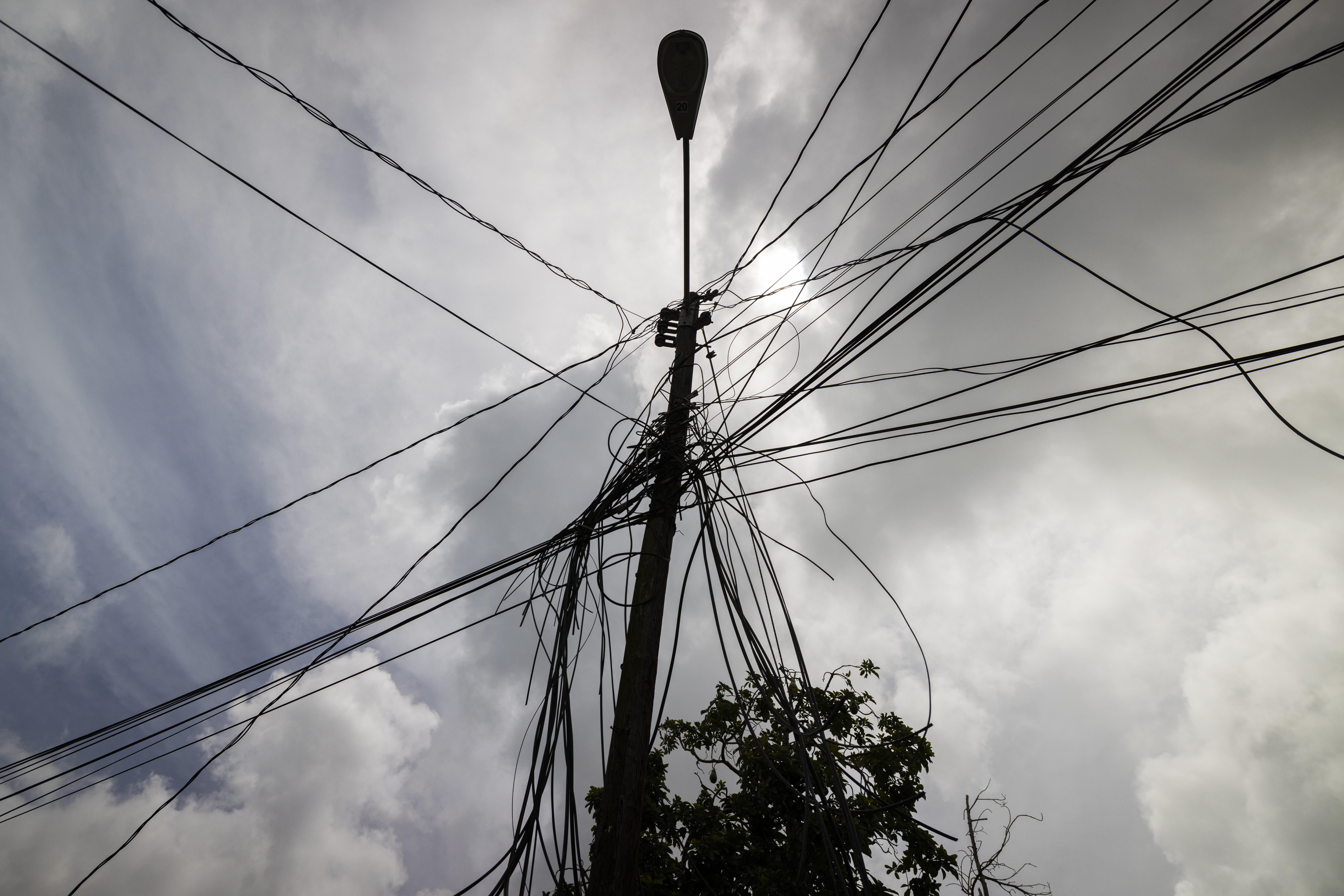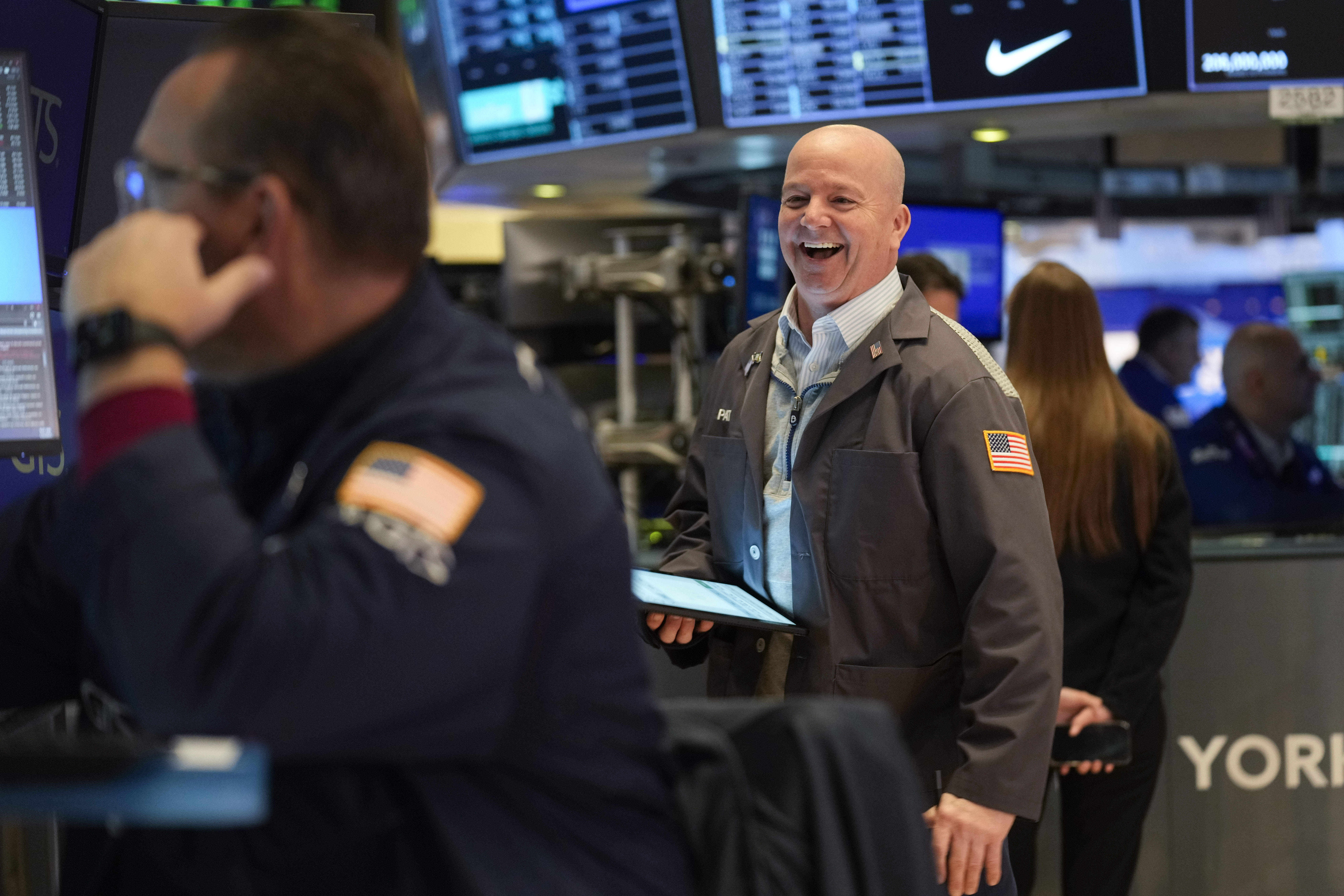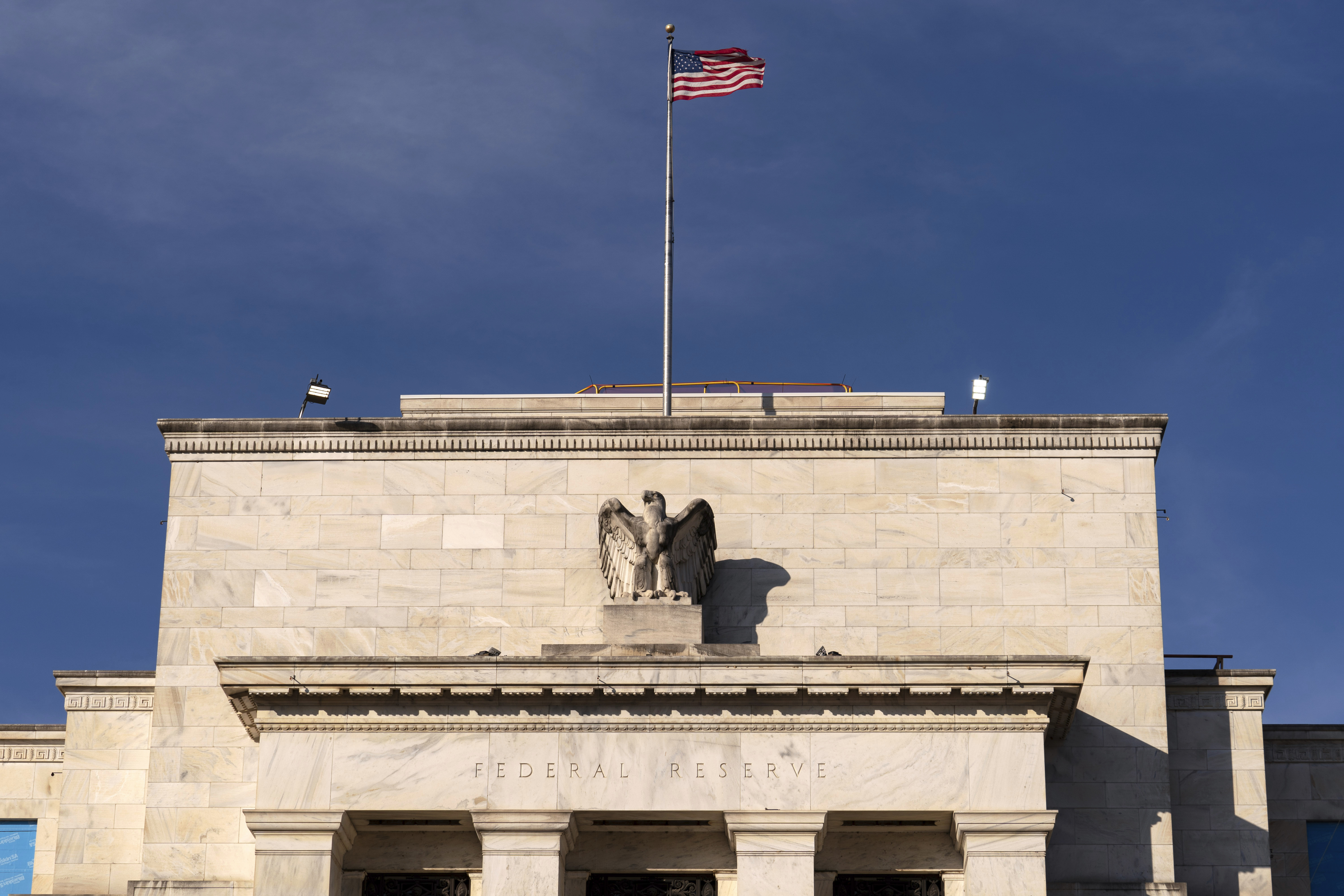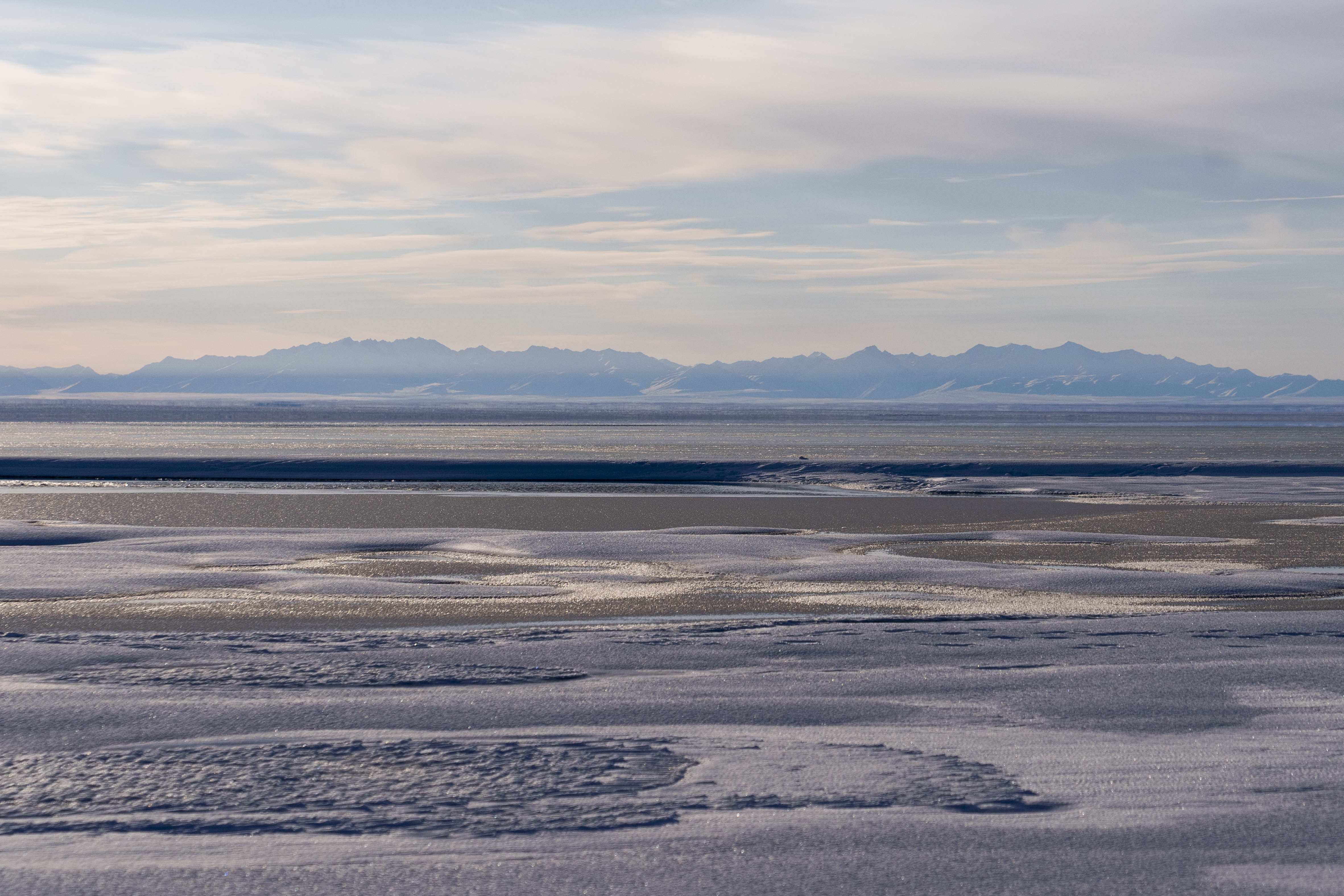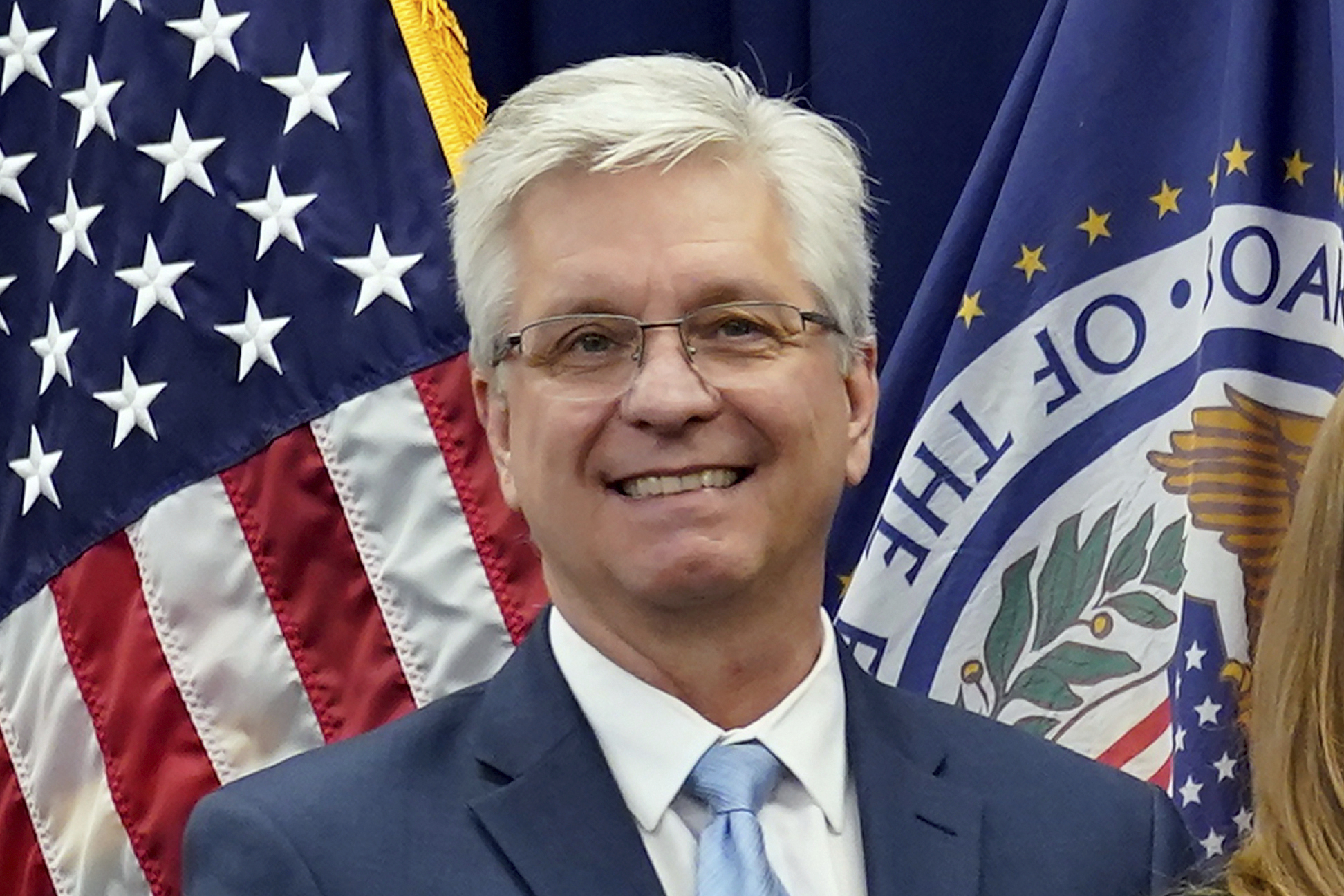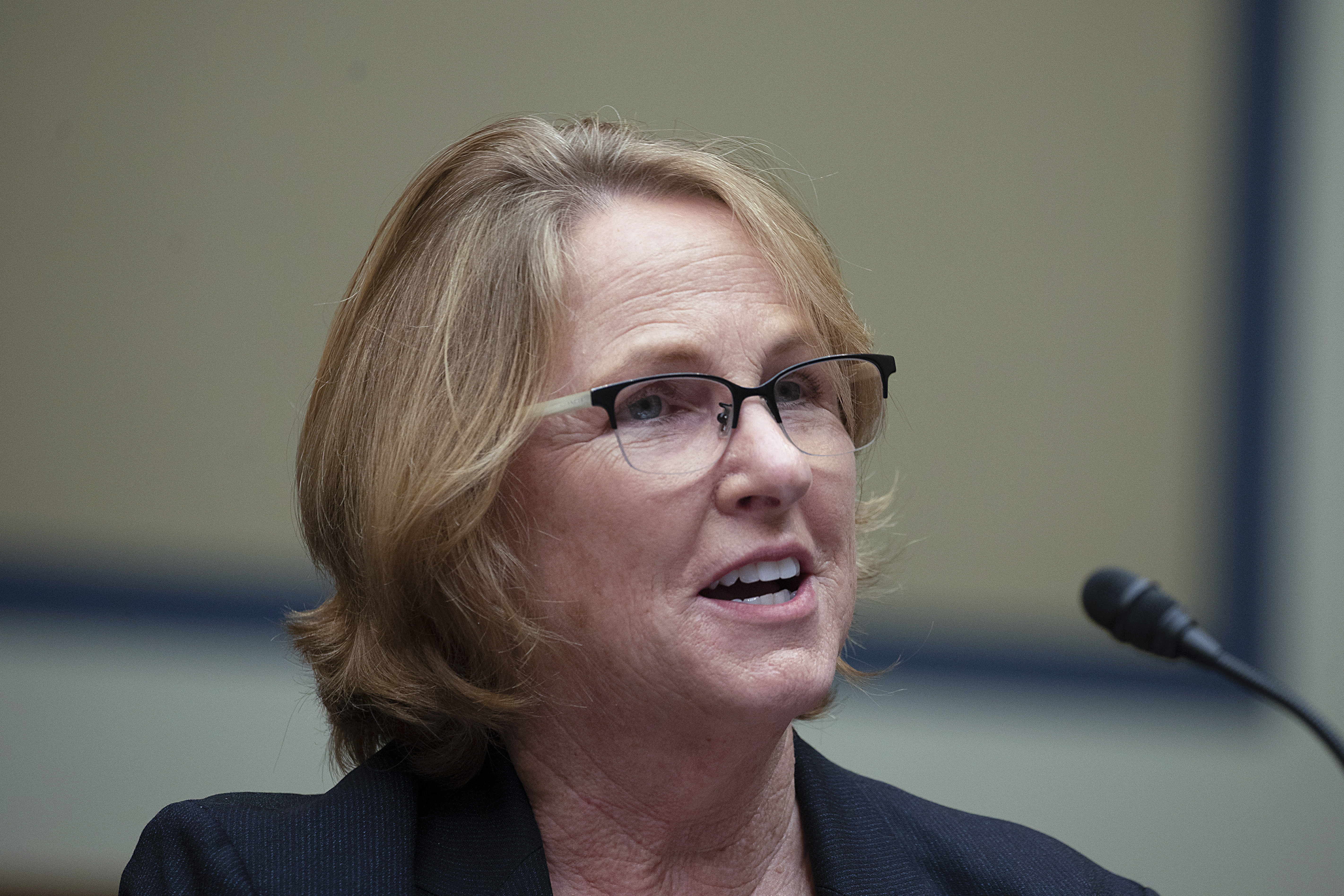Here on Earth we have powerful telescopes, in space, we have the Hubble. But soon the James Webb Space Telescope will launch and it’s orbit will be even farther than the moon. So lets take a look at what this telescope will do.
The Hubble Space Telescope launched on April 25th, 1990. After decades of planning and designing it went into orbit with the idea it could be repaired and worked on if needed. The James Webb Space Telescope will launch hopefully on December 24th early in the morning. It’s designed to to last for up to 10 years and hopefully without any major issues since it will be at Lagrange point 2, otherwise known as L2.
L2 is a point in space where satellites or in this case the telescope can be in a constant orbit with the sun at a distance where it stays in the same spot from Earth. As of now, we have no way to easily get a human there to work on it, so when it launches the entire process must go smoothly.
The JWST can see in the infrared light spectrum and will give us an even deeper look at early galaxies that formed in the beginning of the universe. It will also answer questions astronomers have asked about how our universe works and will probably surprise us with things we haven’t even thought of yet.
“Webb will pick up with gold-colored light. It absorbs everything bluer than that because the mirrors are actually coated in gold. And reflects red light and infrared light out to where we’re seeing the heat from the stars and galaxies in the distant universe. By working together Hubble and Webb will give us a multicolored picture of the universe.” said Dr. Jonathan P. Gardner, NASA Scientist
I heard one analogy, this telescope is powerful enough to see the city lights on Earth if it was orbiting at the edge of our Solar System.
The launch of the JWST will stream live on NASA TV on the morning of December 24th. Within 30 days the telescope will reach point L2 and hopefully shortly after we’ll get some amazing images and science from the spacecraft.
The JWST is scheduled to launch on December 25th from French Guiana no earlier than 7:20 AM EST.
Meteorologist Jeff Edmondson




